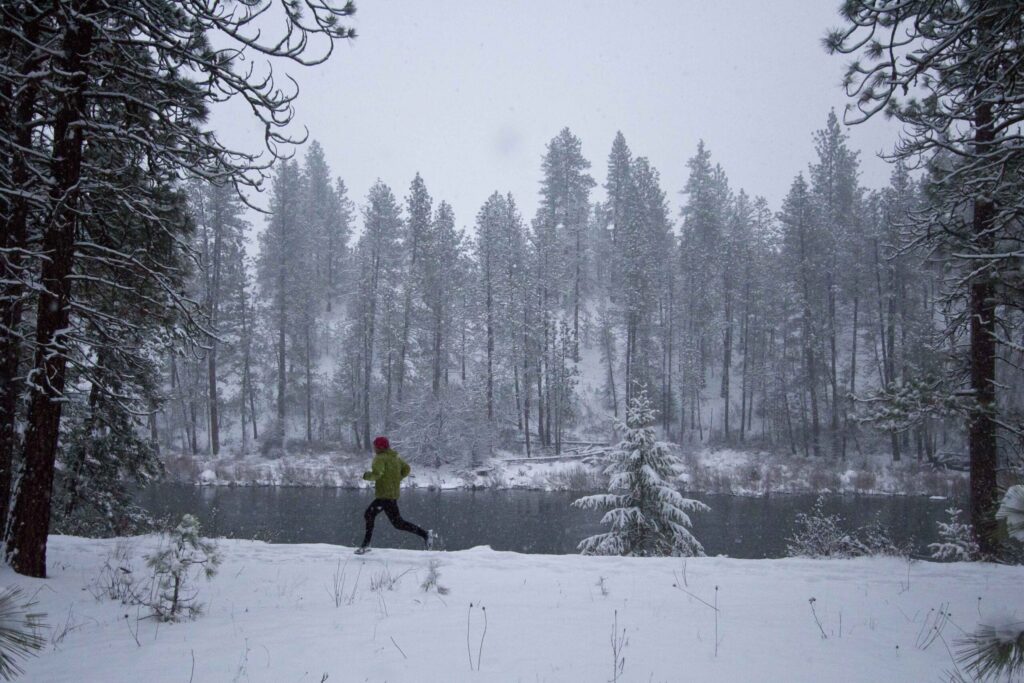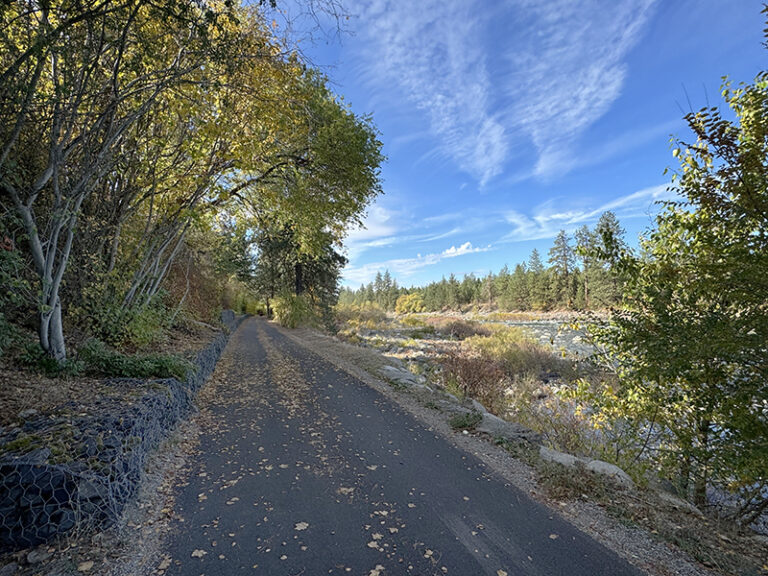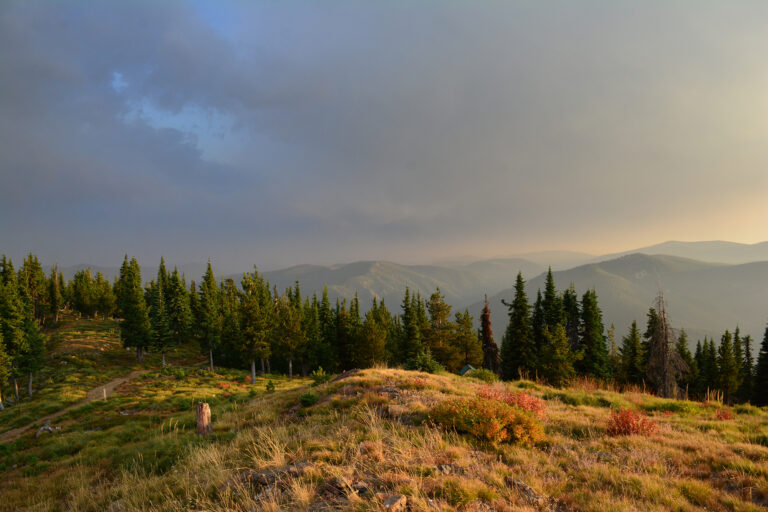“I have felt zero desire to go for a run this week,” says Brad—my husband and a relatively new runner—one gloomy, gray December afternoon. “It’s just something my body doesn’t want to do. Aren’t I supposed to listen to my body?”
I’m not the right person to ask. (I believe I responded with something supportive and sweet that basically translated to, “Just go already.”)
Gloomy gray runs make up a significant wedge on the pie chart of my year-round running. While they lack the effervescence of spring, the jewel-toned crispness of fall, and the sweaty, sunbaked glow of summer, there’s something uniquely appealing about the pared-back cold and often dreary season. Running might be more important to my mental well-being in winter than at any other time.
As someone who doesn’t have a snow sport, running is what gets me outside in winter. It’s refreshingly stripped down compared to other seasons. With fewer races occurring, there are fewer goals to strive for, and pushing for speed isn’t possible in the snow and ice. Winter means a turn to the most basic form of the sport: putting one foot in front of the other, just because it’s a thing that I do, just because I know I’ll always be glad I went.
As someone who doesn’t have a snow sport, running is what gets me outside in winter
There is inherent possibility in a white blanket of snow, in soggy brown branches, in the relatively empty roads and trails. There’s something beautiful about those months before the sidewalks and streets will once again bloom with life in the form of joggers and bicyclists and strollers. In winter, the quiet marks potential: energy bundled and seemingly dormant like bears tucked into dens and pumpkin seeds awaiting planting time and even the apartment buildings and homes where everyone is inside instead of out.
Winter runs provide a subtly gorgeous backdrop for my mental landscape. Feeling more contemplative, I often turn to thoughtful audiobooks (recent favorite: Michelle Zauhner’s tender, funny memoir Crying in H Mart), versus the comedic, news-driven, or suspenseful podcasts that are my usual fare.
Yes, it can be kind of a pain. You have to layer up. Slush is the worst. Slipping and sliding are not my favorite (wear spikes!). It’s harder to see and be seen (wear reflective gear!). Your body has to work hard in new ways—to stabilize its core temperature despite frigid temps, to stabilize your balance despite the uneven, slick surfaces. There’s a chance you’ll come home with wet socks, or soaked, muddy shoes. You might have to run in the dark, even though it’s not particularly early, or particularly late. These are the realities of the off season.
But although there are likely no medals and no PRs, no external validation, there is still the boost of vitamin D, still the endorphins, still the feel of your heart pumping, of your chilly extremities being reoxygenated, of the bloom of pink on your cheeks—all signs that you’ve done something that makes you feel a little more alive, a little more you.
Occasional complaints aside, Brad has been regularly running this winter, too. He says he vastly prefers it to sweltering summer weather.
“It was actually pretty good,” he said when he got home the other day. “I am glad I went.”
“Are you going to go on a lot more winter runs?” I asked, pressing for what I hoped would be a good closing quote for this column. “Of course I will.”
Originally published as “In Praise of Winter Running” in the January-February 2022 issue.
Sarah Hauge is a writer and editor who lives and runs in Spokane. She writes the Run Wild column in each issue of Out There.

Find more Run Wild column articles and stories about running in the OTO archives.













